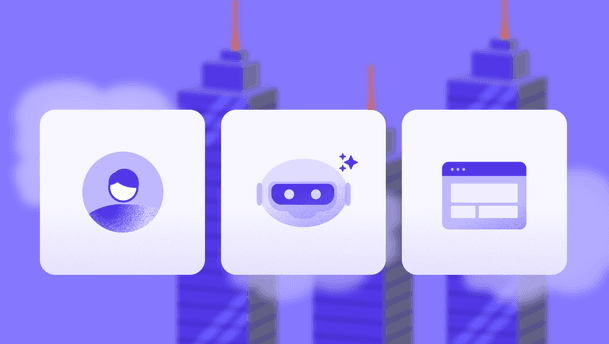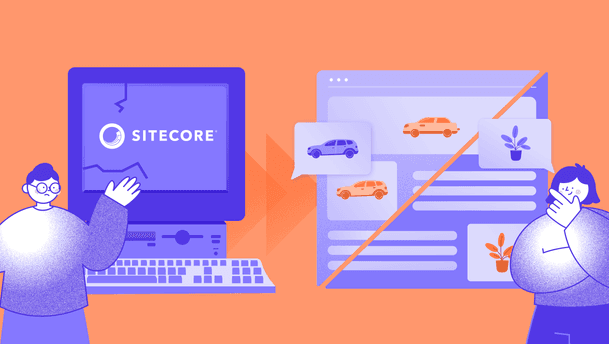If you’ve worked with a traditional Digital Experience Platform (DXP), you’ve likely heard the pitch before: “Everything in one place: content, data, personalization, analytics.”
DXPs promised to make life easier by putting everything under one roof. But in practice, these all-in-one platforms often do the exact opposite of what clients and agencies need in 2025.
Instead of enabling fast execution, they create friction. Instead of empowering marketing teams, they bury them in complex workflows. Instead of adapting to client goals, they force everyone to adapt to vendor roadmaps.
Today’s top agencies aren’t just building websites; they’re engineering agile, personalized experiences that drive measurable business results. And that means the old model of enterprise monoliths is starting to show serious cracks.
From promise to limitation: The monolithic DXP isn’t built for today’s needs
At first glance, monolithic DXPs look like a dream come true. One platform to handle everything from content to analytics. But in reality, they often fall short of expectations. These systems are rigid and hard to change.
Because everything’s tied together tightly, even small updates can get stuck in long approval chains or require developer help. Agencies get locked into vendor timelines, making it tough to keep up with client demands or try new ideas.
These platforms weren’t built with agile marketing in mind; they were built for centralized IT departments, focused on control and stability.
That architecture sacrifices adaptability. It makes simple changes feel heavy and forces teams to work around the system rather than with it. For agencies, that means project delays, overloaded developers, and marketing teams stuck waiting for access or approvals just to launch a basic campaign.
The very structure that’s meant to improve digital experience ends up slowing everything down.





